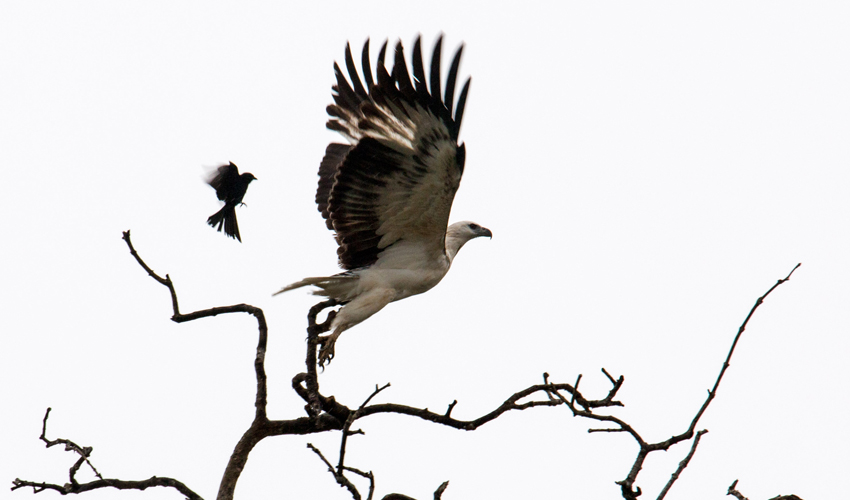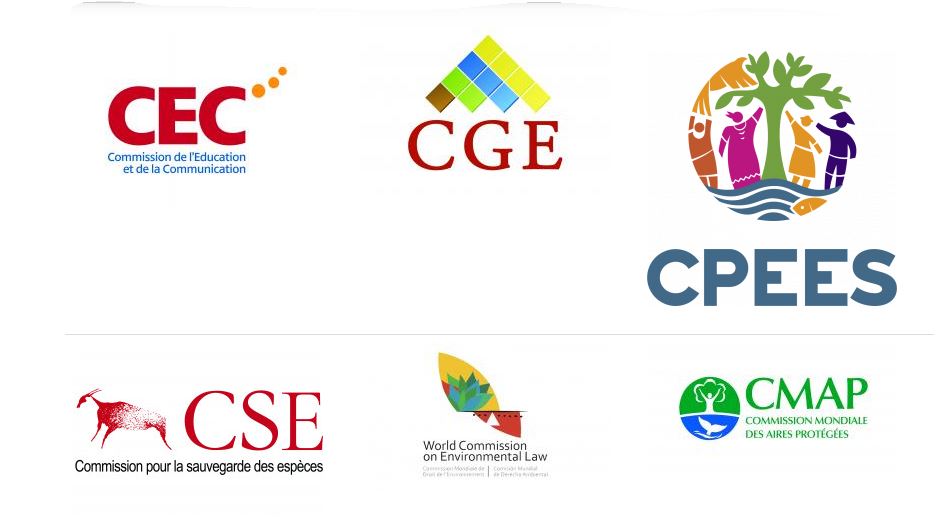Experts call attention to the key role of World Heritage in meeting biodiversity objectives
Experts convened by IUCN have issued a statement on how World Heritage contributes to the Post-2020 Global Biodiversity Framework. This includes recommendations specific to World Heritage and its relevance to biodiversity. Negotiations to develop the framework, which will be adopted by the Convention for Biological Diversity (CBD) next October, are currently under way, involving governments and expert groups from around the world.

Photo: IUCN / Remco van Merm
The statement, “World Heritage and the Post-2020 Global Biodiversity Framework”, aims to support those involved in discussions on the Post-2020 Global Biodiversity Framework to better understand the unique contribution of World Heritage to biodiversity conservation. It provides key messages on the relevance of the World Heritage Convention, and how it can be harnessed to support global biodiversity targets post 2020. A set of recommendations is included to help decision-makers integrate specific wording on World Heritage into the framework.
The group of experts who developed the statement identified the elements that can have the most impact on the Post-2020 Global Biodiversity Framework. They include experts on World Heritage, biodiversity and international policy gathered at a workshop organised last week by the International Union for Conservation of Nature (IUCN), in partnership with Germany’s Federal Office for Nature Conservation (BfN).
The World Heritage Convention is one of eight global conventions related to biodiversity and is thus ideally positioned to contribute to the Global Biodiversity Framework. Adopted in 1972 and endorsed by 193 States Parties, it is also one of the oldest and most successful multilateral environmental agreements (treaties set up by three or more countries for reaching environmental goals).
Sites recognised through the Convention include some of the best and most renowned natural sites, such as the Great Barrier Reef, Yellowstone, Serengeti, Ha Long Bay, Lake Baikal, Socotra Archipelago and Machu Picchu. Natural World Heritage sites cover huge areas of land, freshwater and sea, equivalent to 8% of the global protected area estate. Conserving these exceptional sites will be a litmus test of our ability to achieve the vision set by the CBD for 2050, ‘Living in Harmony with Nature’.
The Post-2020 Global Biodiversity Framework will define a mission for 2030 and a long-term vision for 2050, together with goals and targets, in order to stimulate and coordinate global efforts for conserving the planet’s biodiversity. It is seen as a crucial landmark for environment-related policy-making, largely contributing to 2020 being coined as a “super year” for nature conservation.
Governments will gather at the UN Biodiversity Conference on Biodiversity (CBD COP15) in October 2020 in Kunming, China to reach an agreement on the new framework. The process for developing the Post-2020 Global Biodiversity Framework includes wide-range consultations, working groups and expert meetings. The CBD's 23rd Subsidiary Body on Scientific, Technical and Technological Advice (SBSTTA) concludes today in Montreal, Canada.



